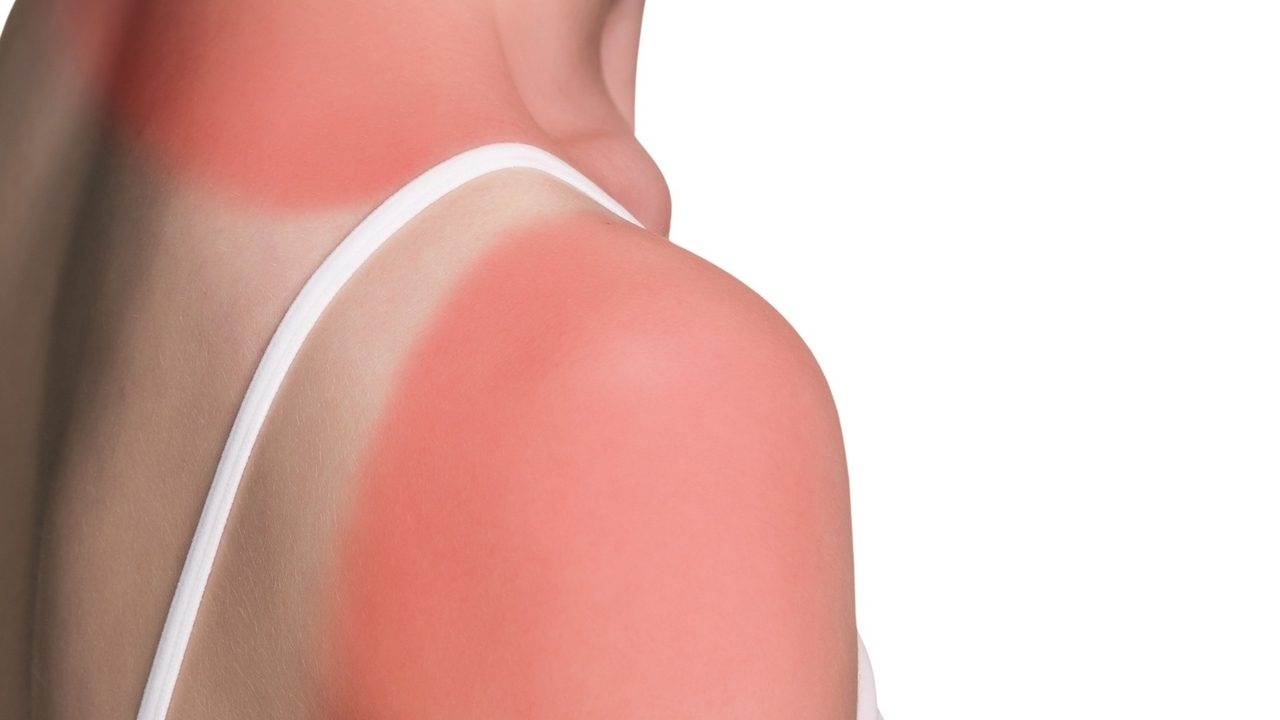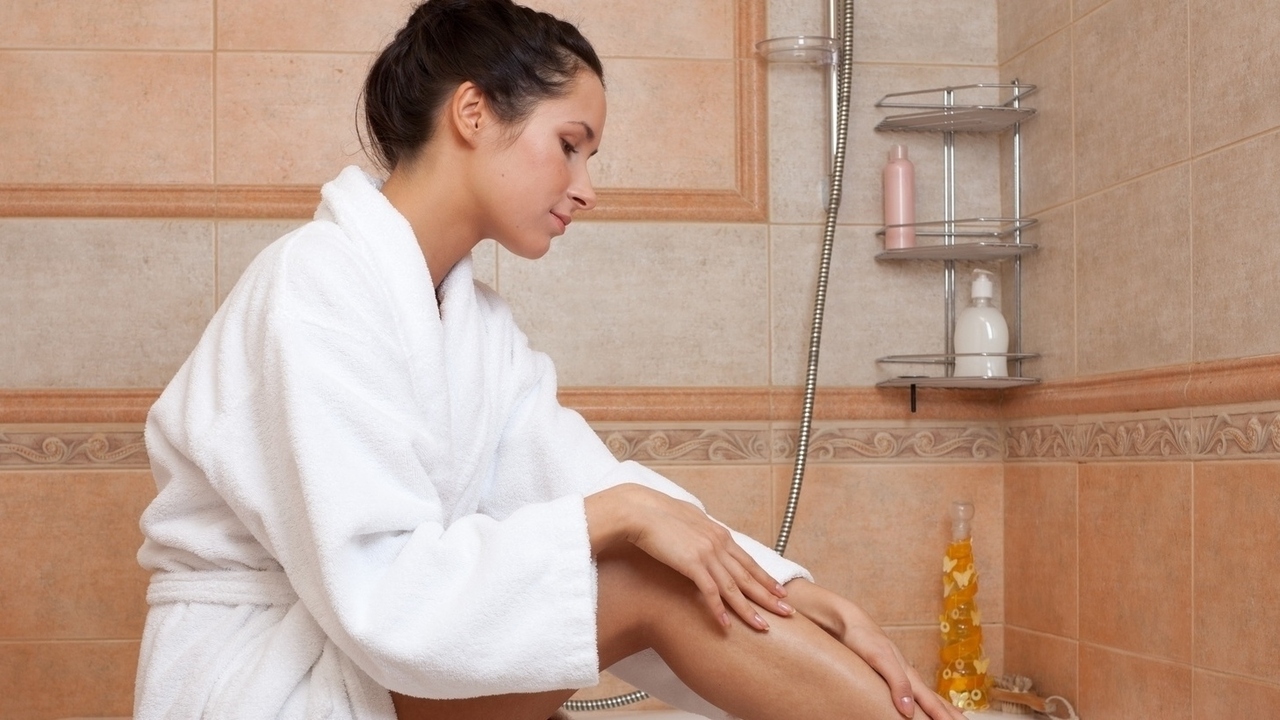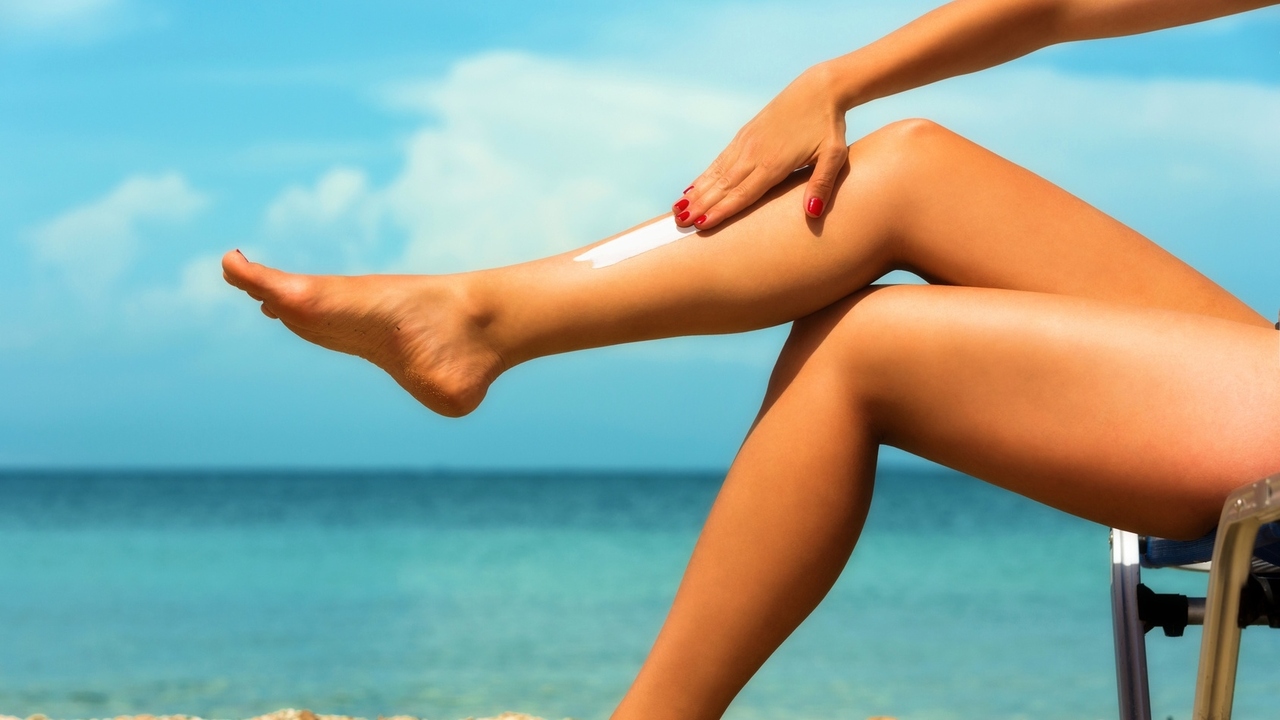
Getting ready to enjoy the summer sun? Don't leave the house without putting on sunscreen first! The American Academy of Dermatology recommends that people should wear at least SPF 15, apply sunscreen 30 minutes before going outside, and should reapply every two hours. But what do all these numbers mean?
The SPF number (Sun Protection Factor) refers to UVB, the rays that burn your skin (UVA are the rays that age your skin). For example, if you choose SPF 15 and it takes 15 minutes for your skin to burn unprotected, it will take 225 for your skin to burn while wearing sunscreen. Each SPF offers a different level of protection. SPF 15 has a 92 percent protection; SPF 30 has a 97 percent protection; and SPF 40 has a 97.5 percent protection. As the SPF level increases, the level of protection is about the same, which is one of the reasons that the FDA is moving to change labels to 40+ for large number SPF sunscreens.
When choosing the appropriate SPF protection, it's important to know your skin type and sun history —the lower the number, the higher the SPF number needed. The American Academy of Dermatology lists this chart of skin type:
I.Always burn easily, never tans, extremely sun-sensitive skin
II.Usually burns easily, tans minimally, very sun-sensitive skin
III.Sometimes burns, tans gradually to light brown, sun-sensitive skin
IV.Burns minimally, always tans to moderate brown, minimally sun-sensitive
V.Rarely burns, tans well, sun-insensitive skin
VI.Never burns, deeply pigmented, sun-insensitive skin
Other factors to keep in mind when choosing an SPF strength are if there are higher altitudes or low latitudes in the area where you live, if it's a sunny day (though it's incredibly important to wear sunscreen even when it's cloudy outside, and if you'll be outside between 10 a.m. and 3 p.m., when the sun's strength is its most powerful.
All sunscreens protect people from UVB, but only broad-spectrum sunscreens protect from both UVA and UVB. When buying sunscreen, look for these broad-spectrum ingredients:
avobenzone (Parsol 1789)
cinoxate
ecamsule (Mexoryl SX)
menthyl anthranilate
octyl menthoxycinnamate
octyl salicylate
oxybenzone
sulisobenzone
titanium dioxide
zinc oxide
Remember to also put on lip balm with at least SPF 15 — your lips can burn as well too!
Elizabeth Stannard Gromisch received her bachelor’s of science degree in neuroscience from Trinity College in Hartford, CT in May 2009. Her thesis research was in learning, memory and attention in female college-age sexual assault survivors with posttraumatic stress disorder.





Add a CommentComments
There are no comments yet. Be the first one and get the conversation started!